- Home
- Rick Mofina
Every Fear Page 18
Every Fear Read online
Page 18
Vanessa took Perelli’s notebook and pen and wrote down the names of businesses and organizations, putting question marks next to those she was not certain of.
“May we look in Beth’s room?” Grace asked.
Vanessa said Beth hadn’t been in it for months but got up and took them there. It was neat, smelled fragrant. A single bed. Some clothes, a photo album, cards, letters, papers, shoes. The detectives put on latex gloves as they looked through the items, deciding they’d get CSI to go through everything. Flipping through the photo albums, pages crackling from the lamination, Grace asked about Beth’s marriage.
“Do you know why it failed, Vanessa?”
“Who knows the real reason, but I suspect it had something to do with the fact she couldn’t have children.”
Grace’s head snapped up. She looked at Perelli, then back to Vanessa.
“She couldn’t have kids?”
“I think,” Vanessa said, “that’s the reason she did a lot of volunteer work with hospitals and expectant moms. So she could be near babies.”
38
Nadine is in her twenties.
She’s pregnant and alone on the subway platform.
The ground trembles and her face is trapped in the intense headlight.
Should she jump in front of the train?
Nadine didn’t understand. He said he loved her. Promised that they would get married. But when she told him about the baby, surprised him with the wonderful news that she was pregnant, her world stopped.
“Get rid of it.”
That was all he said.
Get rid of it?
How could he ask her to do such an evil thing?
She refused. She was keeping her baby.
Her parents, well, the God-fearing people who’d raised her after Big Pearl died, were ashamed. “A child out of wedlock. It’s a sin, Nadine. A horrible sin. You’re not smart enough to raise a baby. You have to go away and give it up for adoption.”
She went away and gave birth to a boy. A beautiful baby boy who filled her empty life with light.
His adoptive mother was so happy.
But Nadine had her own plans for her son.
Her baby.
Because she loved her baby and her baby loved her back.
He’ll be mine forever.
Forever.
39
The answers were in there.
Somewhere.
Kay Cataldo, a senior forensic scientist with the Seattle Police Crime Scene Unit, downed the last of her cold coffee and studied the evidence inventory sheets for the umpteenth time.
Her team had been going flat-out, 24-7, at the support facility at Airport Way South, a former office and warehouse complex the city had renovated after the earthquake in 2001. It was also where the Washington State Patrol operated one of the state’s busiest full-service crime labs.
Cataldo’s small CSI unit worked with the Patrol’s forensic people, the FBI, the scientists at the University of Washington, and the King County Medical Examiner’s Office.
Boy oh boy, we appreciate the help today, she thought.
Since Dylan Colson’s abduction, Cataldo had existed on what, like three hours’ sleep a day? Now, with Beth Bannon’s homicide and its suspected link to Colson, the pressure for CSI to process a mountain of material and yield a key lead increased by the minute.
“The people downtown wanted it yesterday,” Cataldo’s boss had told her, “but anything we get needs to be airtight for court. Just do your best, kiddo.”
Glancing at the clock, she exhaled slowly.
Kay Cataldo was a thirty-eight-year-old mother of two. Her husband was a naval officer on a nuclear sub, gone for months at a time. She was a member of the PTA. After her family and work, she loved F. Scott Fitzgerald and Steinbeck. She had green eyes, wore frameless glasses, and walked at a brisk pace that made her white lab coat flap. Soft-spoken, Cataldo let her work do the talking for her.
She was an expert latent fingerprint examiner. She’d also, after many long nights and weekends, obtained two degrees in forensic science. The courts considered her qualified to give expert testimony on a range of physical evidence—which she did. In some forty cases and counting. She’d also served in several senior positions in national criminalists’ associations.
Her workstation looked and smelled like a high school chemistry classroom. The corkboard above her desk held honors, certificates, the American Society Crime Laboratory Directors seal, snapshots of her at Disneyland with her husband, their seven-year-old daughter, and five-year-old son. Magic times. Cataldo blinked at them; missing them; thinking of Dylan Colson, Maria, and Beth Bannon, she dug into the work done so far and the work Cataldo’s team needed to do.
They’d set other ongoing cases aside for Colson, which they were still processing. Now with Bannon, they had to process the house, garage, car, and property at Brimerly. Add to that Bannon’s room at the Ravenna duplex.
Cataldo tried coming at it all again. In the Bannon case, they knew the what. Beth Bannon had been stabbed to death at a residence she’d maintained and where she’d occasionally resided. Plates from the vehicle registered to the address had been identified on the red 2002 Chrysler Town & Country minivan suspected in the Colson abduction. The van’s rear door had a small customized mural showing the sun and trees.
It all stopped there.
Nothing on which to build a case of any worth.
Was there a link—a rock-solid link—to Colson? Nothing concrete on which to build a case had emerged so far. Nothing indicating a baby had been present at the scene.
What about Beth Bannon’s murder? Any trace? Anything in the way of DNA? Well, so far, according to Tanaka, there was no indication of any sexual assault, no semen, no fluid or DNA transfer.
And they hadn’t found the murder weapon.
Flipping through the pages, Cataldo came at it from another angle.
The answers had to be in here.
Somewhere.
The link to Beth Bannon’s killer would emerge. It always did. And that should take them closer to getting to the truth behind Colson.
Be positive.
It was going to be hard. Neither Bannon’s purse nor wallet had been found. In fact, nothing identifying her had been found in the house. It was as if it had all been collected. Strange. Fortunately, Bannon’s ID had been confirmed through her prints taken from her job at the bank.
It was a start. It was something. But they had a long way to go and a whack of evidence to analyze. They were scrutinizing the carpets in the house and the car, doing some XRF work on elements found in carpet fibers.
Much of the world Cataldo worked in was microscopic, ruled by her scanning electron microscope-energy dispersion X-ray analyzer, which could find traces of critical evidence that were virtually invisible.
She came back to the analysis of blood-splatter patterns, and the findings. Bannon’s blood was A-positive. No other types were detected. There were some foot impressions in the blood, but they either were not usable or had turned out to be Jason Wade’s, the reporter who found the body. Without thinking he’d walked in the killer’s steps. Obscuring the shoeprints, except—hold on, what was that?
Cataldo was reviewing crime scene photos she had blown up on her computer. What is this? She’d come to a shoe impression, one where Jason’s shoe was only partly transposed over the killer’s.
A couple of clicks on her computer and the underlying impression, a large portion of it, grew before her eyes on her big flat-screen monitor. Could be familiar. Could it be?
Cataldo switched back to an image of the shoe identified in the Colson abduction. Do we have a match? Hard to say at this stage. The impression is not clear. Cataldo made notes. Not ready to swear to this yet, but I’m liking this enough to ask the FBI for help.
Right now, she needed coffee.
When she was on her way to the kitchen, Vic Tucker, a senior scientist, unshaven and looking rough, passed her a stack of files as thick as the Se
attle white pages. All of it concerned the house, the property, the car, or Dorothy Mae Hall.
“Haven’t slept in nineteen hours, Kay. Going to the lounge. Could you double-check these, please? Give them priority over the priority.”
Cataldo would get back to the shoes shortly. Tucker’s files contained a lot of documents. Mostly bills. Nothing special. Much of it had been dusted or scoped and had yielded nothing. Cataldo took them to her workbench and set out to review Tucker’s work.
Because most of the CSI and forensics people were usually exhausted, they checked and triple-checked each other’s work. It was a good system, she thought, meticulously reviewing the papers in each file folder.
In this case, Tucker had gone through bills, invoices, and junk mail. He had mistakenly included an empty folder in the pile. He hadn’t indicated a single thing in his assessment notes on this folder. Maybe he made a mistake. Fine. Cataldo flipped to the next file folder.
Hold it. What was that?
The empty folder opened and an image flashed by. The manila folder was empty but there was something—writing or an imprint—on the inside. Tucker had cleared this one. Had not made any notes. He was too burned out and had missed this one. Had missed the evidence inside. Something—written? No. Cataldo’s white-gloved fingers opened it wide. Here it is. An image of some sort. She turned the folder quickly. It had once held an envelope, a business-size envelope.
The envelope was missing.
But it somehow had left an impression, as if the ink on it had bled and created a ghostly reverse image of an address or something. Cataldo produced a mirror. The image was so faded. Darn it. She killed the immediate lights and used a direct, intense halogen to see the impression clearly.
The return address was for The United National Trucker’s Newsletter. It was from—just a second, it was faded. There, St. Louis, Missouri.
Postmark blurred, but from St. Louis. Date was really obscured, but if Cataldo had to guess, looked like two years ago. American flag stamp. The “to” address was very faded, but she could just make it out.
Lee Colson
104 Shale Street
Seattle, WA
And as Cataldo read it, the significance rolled over her. Whoa. How does Lee Cohort’s home address end up here? Wait, there’s something else, a notation near it. A brief, handwritten note:
Follow up with payment.
Cataldo stopped breathing.
Holy flying cow.
Tones sounded as Kay Cataldo’s latex-covered forefinger pressed the numbers for Grace Garner’s cell phone.
40
“Why would anyone want to hurt Beth? It doesn’t make sense.”
Jason Wade gave the woman who’d phoned him time to compose herself as he looked at Beth Bannon’s picture.
A few hours ago, Seattle Homicide had put out a press release identifying Beth Ann Bannon as the victim on Brimerley Lane. It came in the wake of his exclusive hitting the streets, his account of how he’d found Beth Bannon’s corpse.
It was lined across the Mirror’s front page.
His story, and the press release, led to a squall of radio and TV bulletins as reporters scrambled to learn more about Beth Bannon and how her murder was linked to the Colson case.
The Mirror was getting a lot of calls.
Some complained about Jason’s “disgusting story.” Some offered condolences for Beth Bannon and wanted to send flowers. Some, fans of TV cop shows, had advice for the police. None of the callers really knew much about anything.
Until now.
The woman on the line had identified herself only as Sylvia, a former bank teller who’d worked with Beth several years ago. She’d called him, asking for any more details on the murder while he pushed delicately for information on Beth Bannon’s back-ground.
“I know this is a terrible tragedy, Sylvia, but what more can you tell me about her?” he asked.
“She was a deeply sensitive person, very quiet.”
“Was she married?”
“Divorced.”
Jason made a note to get the records.
“And her husband?”
“Military.”
“Did she have a boyfriend?”
“I don’t know,” Sylvia replied.
“She have family?”
“I don’t think she had any living relatives at all.”
“What about her connection to the house and homeowner?”
“I don’t know anything about that.”
“I see.” Jason tapped his pen on his desk. “Sylvia, do you think Beth’s connected to the Colsons in any way?”
“I don’t know.”
“Do you know if she was ever pregnant, or had kids?”
There was a long silence.
“Sylvia?”
“Beth couldn’t have children.”
“Oh?”
“I think that was the reason for her divorce.”
Jason took rapid notes.
“Did she want children?”
“More than anything, at least that’s what she told me.”
“Then she must’ve had some connection to the Colsons. I mean, there has to be something, right?”
Several moments passed.
“Sylvia?”
“I don’t know. I really don’t know anything. I’ve just been speculating. Guessing. I’m very upset, please don’t print anything I’ve told you. I think I’ve said too much.”
The line went dead in his hand.
He stared at Beth Bannon’s face, the woman he’d found desecrated in a North Seattle home. All he knew about her life was in the inked lines jotted on one page of the spiral-bound notebook sitting atop today’s Mirror. He’d called Grace, but she had nothing. Not even a hint of something more.
“Keep in touch,” was all she’d said.
So much for working together, sharing and caring and all that bull.
Jason drove out to the house in Ravenna. Vanessa Harlow was not talking to the press. He’d talked to friends and neighbors, the staff at the nursing home where Dorothy Hall resided.
Zip.
He’d called the Colsons’ relatives, friends at the towing company and supermarket. No one had heard of Beth Bannon. And nothing had surfaced from the news library’s search directories and databases. No hits so far.
Back in the newsroom, Jason continued studying the news release and Beth Ann Bannon staring back at him from the color head-and-shoulders shot police had released from her driver’s license. A friendly, vulnerable-looking woman.
He chewed over his call from Sylvia. Beth couldn’t have children. It led to a divorce. She wanted children. Man, that had to be it. The pieces were there. Why was she killed? Why were the plates stolen and used on the van that took Dylan?
Beth Bannon’s murder remained a mystery.
“What the hell are you doing sitting here, Wade?”
Fritz Spangler approached his desk just as Jason’s phone began ringing.
“Get your ass on the street.”
“I’ve been out.”
“Go back out. You can’t break news sitting there. I want Bannon’s life story by today’s deadline.”
The phone continued ringing.
“Excuse me, I have to take this.”
“Jason, it’s Ann Chandler in classified, just got a strange message for you from a public phone, according to caller ID. Want to hear it?”
“You bet, thanks.”
“The caller said to tell Jason Wade to meet her at the south end of the food court by the pizza place at the mall off of Jackson in one hour for information on Beth Bannon.”
“This person leave a name, number, or anything?”
“Nope. Just a nervous-sounding woman. I’d put her in her thirties.”
“She sound crazy or drunk, Ann?”
“Not at all. Sounded pretty sharp, actually.”
Jason slid on his jacket and headed to the parking lot. Some forty minutes later, while approaching the mall’s main en
trance, he saw his face in the card placed in Mirror boxes, promoting his story. Whoever wanted to meet him would have no trouble spotting him.
The food court was crowded but he managed to find a seat at the appointed spot. After he had waited for some ten minutes, someone from behind touched his shoulder.
He turned to find a woman in a white ball cap, dark glasses. His pulse picked up. She was pushing a stroller with a little girl. Jason was not great at the ages of toddlers but put this one at two, maybe.
What the hell’s up with this? he wondered.
The woman had an attractive figure. Early thirties. At their table, she removed her hat and glasses. She was striking. Light hair, beautiful cut, smooth skin. She had to be fairly well off, he figured.
“Thank you for coming.”
“Sure.”
“I apologize for this secrecy stuff.” She had a pretty smile. “I don’t live in this area at all. Anyway, I won’t take much of your time.”
“I don’t have much.”
“I saw the horrible thing that happened on the news yesterday,” she said. “It came out this morning that it was Beth and I read how you had found her, my God. I’ve been wrestling with this and not thinking too clearly. My husband has no idea that I’m doing this.”
Silence passed as she tried to sort out her thoughts.
“I knew Beth.”
Jason let her fill the silence.
“Beth had a secret life.”
Jason hesitated.
“A secret life?”
“Yes.”
“How do you know?”
“My daughter and I were part of it.”
41
The headline linking the murder in North Seattle to the Colson case was lined across the front page of the Seattle Mirror.
The corner store clerk repeated herself.
“Will that be everything, sir?”
Axel pulled his attention from the paper and bought a Coke, Twinkies, copies of the Times and the P-I, which he’d struggled not to read as he walked back to the house. He was on fire to know what the Mirror had from its reporter, Jason Wade, who’d discovered the body.

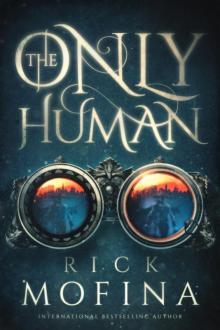 The Only Human
The Only Human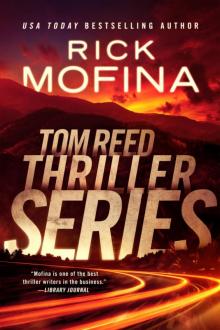 Tom Reed Thriller Series
Tom Reed Thriller Series![[Tom Reed and Walt Sydowski 04.0] No Way Back Read online](http://i1.bookreadfree.com/05/tom_reed_and_walt_sydowski_04_0_no_way_back_preview.jpg) [Tom Reed and Walt Sydowski 04.0] No Way Back
[Tom Reed and Walt Sydowski 04.0] No Way Back Missing Daughter
Missing Daughter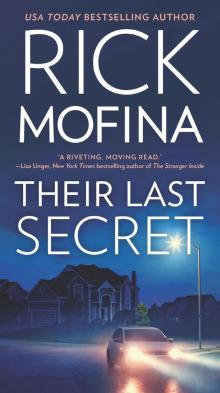 Their Last Secret
Their Last Secret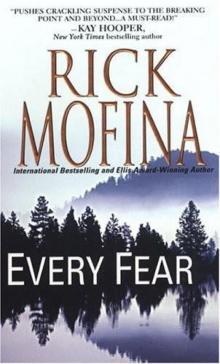 Jason Wade - 02 - Every Fear
Jason Wade - 02 - Every Fear In Desperation
In Desperation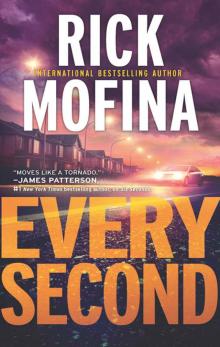 Every Second
Every Second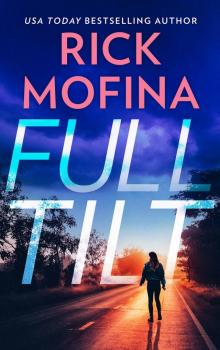 Full Tilt
Full Tilt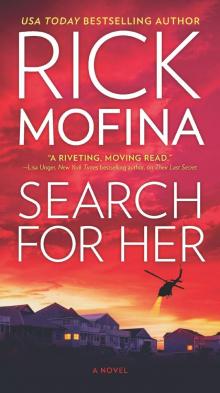 Search for Her
Search for Her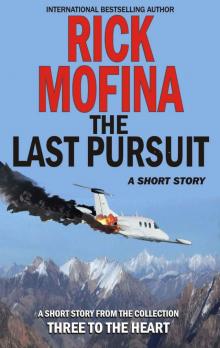 The Last Pursuit
The Last Pursuit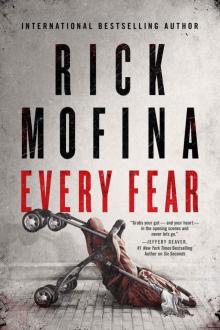 Every Fear
Every Fear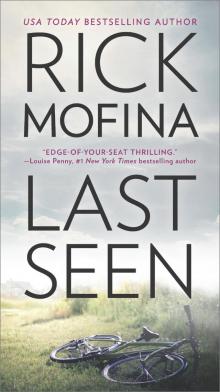 Last Seen
Last Seen The Panic Zone
The Panic Zone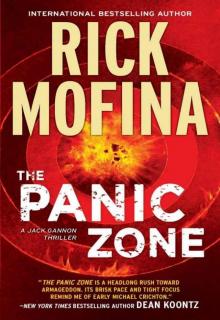 The Panic Zone jg-2
The Panic Zone jg-2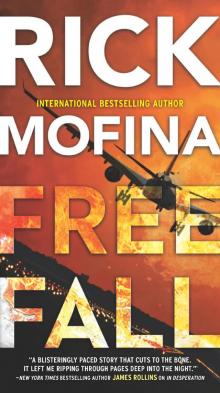 Free Fall
Free Fall Blood of Others
Blood of Others![[Jason Wade 02.0] Every Fear Read online](http://i1.bookreadfree.com/i1/03/31/jason_wade_02_0_every_fear_preview.jpg) [Jason Wade 02.0] Every Fear
[Jason Wade 02.0] Every Fear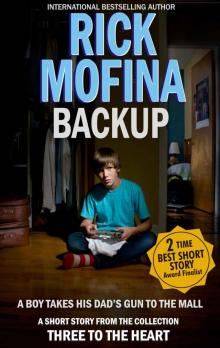 Backup
Backup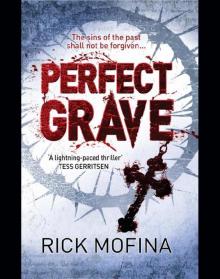 Perfect Grave
Perfect Grave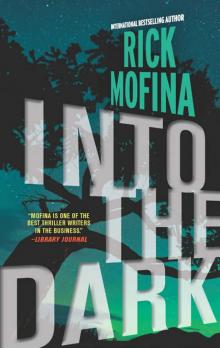 Into the Dark
Into the Dark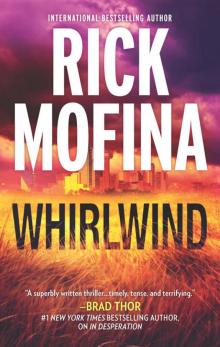 Whirlwind
Whirlwind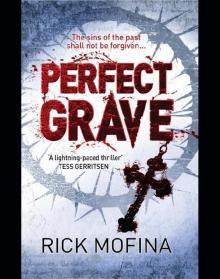 Perfect Grave jw-3
Perfect Grave jw-3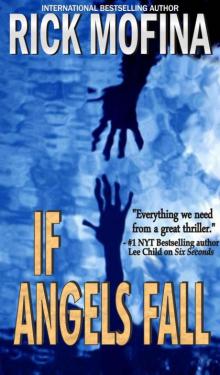 If Angels Fall (tom reed and walt sydowski)
If Angels Fall (tom reed and walt sydowski) Six Seconds
Six Seconds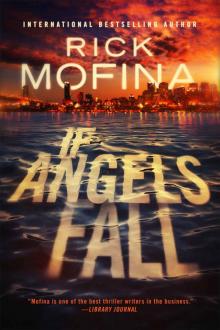 If Angels Fall
If Angels Fall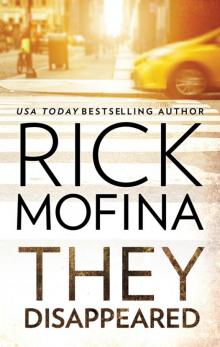 They Disappeared
They Disappeared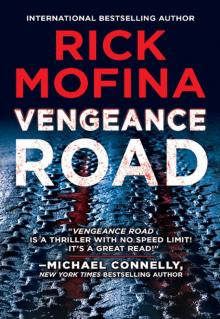 Vengeance Road
Vengeance Road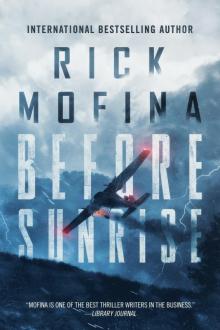 Before Sunrise
Before Sunrise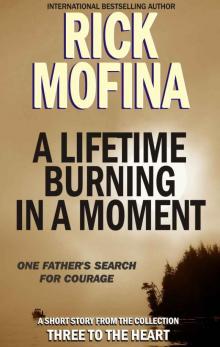 A Lifetime Burning in a Moment
A Lifetime Burning in a Moment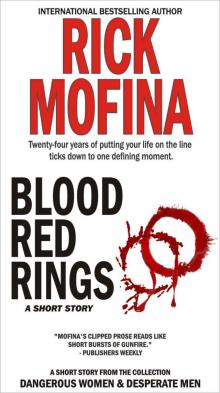 Blood Red Rings (Dangerous Women & Desperate Men)
Blood Red Rings (Dangerous Women & Desperate Men)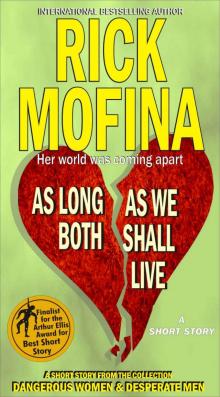 As Long As We Both Shall Live (Dangerous Women & Desperate Men)
As Long As We Both Shall Live (Dangerous Women & Desperate Men)![[Tom Reed and Walt Sydowski 01.0] If Angels Fall Read online](http://i1.bookreadfree.com/i2/04/12/tom_reed_and_walt_sydowski_01_0_if_angels_fall_preview.jpg) [Tom Reed and Walt Sydowski 01.0] If Angels Fall
[Tom Reed and Walt Sydowski 01.0] If Angels Fall Cold Fear
Cold Fear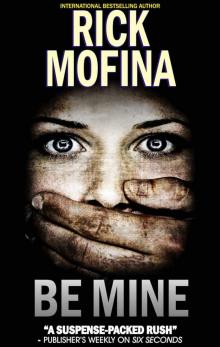 Be Mine
Be Mine Three Bullets To Queensland
Three Bullets To Queensland